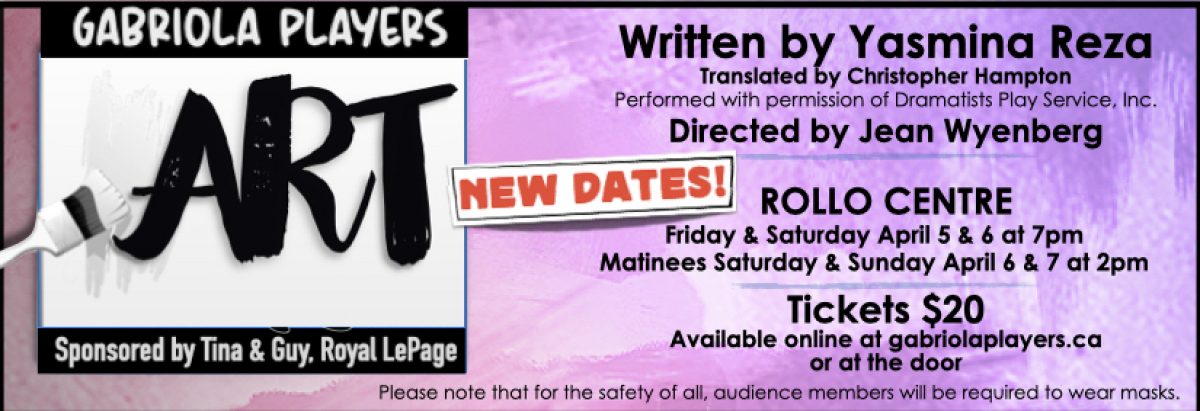Early in the process:
- Choose a script that you enjoy and that is within your directing capabilities.
- Assess and analyse every aspect of the play.
- Prepare to lead the creative team to turn your vision of the play into a reality
- Have a producer in place before submitting your proposal to the executive.
- Prepare a budget in conjunction with the producer.
- Submit your proposal to the Board of Directors.
- Make initial enquiries for availability of rehearsal and performance space.
After approval by the Board of Directors:
- Make notes and plans for lighting, sound, costumes, set and props.
- Meet with the producer to communicate your vision.
- The director and producer work closely together – the director is responsible for the creative side of things and the producer is in charge of the business details. Individual directors and producers have their own ideas of what this means, so ensure that early in the process you and the producer have a clear understanding of their responsibilities.
- Break up the script into manageable scenes or beats.
- Design the blocking for each scene.
- Establish a rehearsal schedule. Rehearsals generally commence eight weeks prior to performance start.
- Create a schedule for the creative aspects of the production, rehearsal schedule, cue-to-cue, dress rehearsal, costume and make-up sessions, dates by which props, costumes and scenery will be complete and provide the schedule to the producer.
- Meet separately with the set, costume, lights, sound, props, designers, and managers to communicate your vision for the play.
- Consult with the set designer as early as possible to ensure sufficient performance space is allotted in the set design. Once the set design specs have been established, the set designer must be consulted regarding any changes in space requirements to ensure a functional set design.
- Provide the props manager with a list of required props.
During the auditions:
- Cast the roles, wherever possible by holding open auditions and call-backs.
- Involve the producer and/or stage manager in the audition process to the level of involvement you desire.
During rehearsal:
- At the first rehearsal, outline your expectations and policies for the cast for the coming months. Include any information you think is important to the smooth operation of the show or about the way you like to work. This may include items such as: promptness, attitude, inviting visitors to rehearsals, how cast members should convey their creative ideas.
- Ensure you or the stage manager circulates the rehearsal calendar, a contact list and links to the Gabriola Players policies and procedures to all cast and crew.
- Block each scene with the actors.
- Advise actors on characterization.
- Prepare actors for performance.
- Spike the stage for spots where actors should stand.
- Discuss with the stage manager, set construction and props people, where props, costumes, sets are to be stored after the show.
Before the performance:
1. Approve:
- posters, tickets, and programs.
- all costumes, makeup and hair designs.
- all props
- all sound cues
- lighting design
- set design
- set construction
2. Attend production meetings as required for status reports from each department. If problems or obstacles appear, clarify or revise designs and procedures as required, consulting with the appropriate designers.
3. Let the program designer know early on how involved you’d like to be in the program design. Some directors are very hands-on, but others leave it totally up to the designer.
4. Write a director’s message for the program and deliver it to the program designer several weeks before opening night. The director’s message is a brief artistic commentary from the director’s perspective — why you chose the play or decided to direct it, what emphasis you’ve tried to bring to the interpretation, the relevance it might have to the community or the times we live in. Keep it to about 100 words.
During the performance:
1. Sit down and enjoy the show! You’ve done your work.
2. Now it’s up to the cast and crew to put on brilliant performances.
3. The stage manager runs the show.
After the run:
Present an oral or written report at the next Board meeting.


